Wizard mummies: 'high' society
Updated: 2015-07-10 10:48
By Erik Nilsson(China Daily USA)
|
||||||||
|
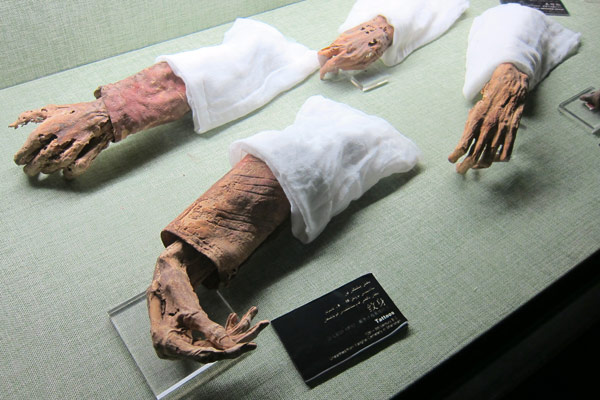 |
|
Disembodied hands of Turpan’s ancient mummies are covered with geometric tattoos. |
Turpan is where pot-puffing warlock corpses gaze back at us through millennia.
It's no accident the city's celebrated mummified shaman was entombed with a supply of marijuana.
But almost certainly no double entendre was intended when the Turpan Museum's sign was translated into English, saying the unusual grave goods prove the man occupied a "high position" in society.
The sorcerer was buried with nearly a kilogram of cannabis, believed to be the plant's earliest known psychoactive use.
He was also interred with a leather basket, a bronze bell and an ax, a harness and a harp - apparently everything a high-rolling mystic needs to make eternity enchanting.
The soothsayer and eight other mummies still command prestige among China's most celebrated archeological displays.
Four were buried as couples. They offer a saccharine yet sepulchral defiance - or a superlative adherence - to the matrimonial mantra: "'till death do us part".
Looking at them, you realize that when modern people gawk at mummies, mummies gawk back. We stare at each other through the ages, bit only one of us blinks.
Turpan's hot and dry climate has preserved not only Silk Road-era artifacts and buildings but also the people of the period.
The cadavers were parched to become human jerky in the furnace-like heat that bakes the foot of the Flaming Mountain, outside ancient ruins that still stand, although weathered by the sandblasts of time. They're basically mummies of cities - they haven't decayed to dust, but they have seen better days.
They survive as carcasses.
Incidentally, they're surrounded by present-day structures that preserve primeval techniques of desiccating grapes in use since the days when mummies were alive. (If you think about it, raisins are essentially grape mummies.)
The museum's mummy exhibitions ensure that not only the cadavers' physiques but also their life histories are preserved - at least as much as archeologists can decipher.
In a sense, they're the living dead.
The Silk Road node "left us the largest amount of ancient corpses of various ethnic groups and countries in a single place", the museum's intro says. The oldest lived 3,200 years ago. The youngest died in the Qing Dynasty (1644-1911).
The hands of the Subeixi mummies (3rd-5th centuries AD) are adorned with geometric tattooed patterns. Experts point out their burial attire is akin to that used at the same time in southern Siberia.
The thing is, this display is just hands - as in crinkled, disembodied ones.
The Xinjiang Uyghur autonomous region's second-largest museum, at 10,000 square meters - including 4,200 square meters presenting nearly 7,000 collections - paints Turpan's Silk Road heritage as a mosaic of peoples.
The litany of populaces is a lot to wrap one's tongue, let alone mind, around.
The five main Silk Road civilizations were the Greco-Roman, Ancient Chinese, Indian, Persian-Arabian and nomadic Eurasian steppe cultures.
During the era, the Turpan Basin hosted Cheshi, Han, Hun, Tocharian, Turkic, Tibetan, Uygur, Mongolian and Indian denizens and sojourners.
They left a legacy of Shamanism, Buddhism, Zoroastrianism, Manichaeism, Christianity, Islam and Confucianism, not to mention languages to overstock a Tower of Babel.
The area today is home to Uygur, Han, Hui, Kazak, Tujia, Manchu, Tu, Tibetan, Miao, Zhuang, Dongxiang and ethnicities.
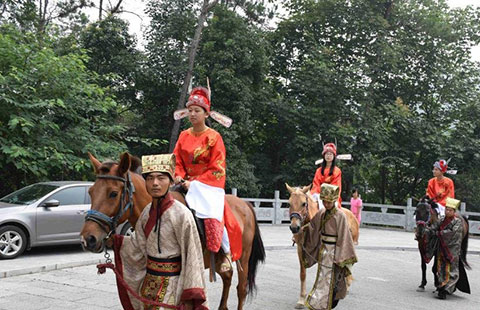
 Top gaokao scholars saddle up for a ride in the park
Top gaokao scholars saddle up for a ride in the park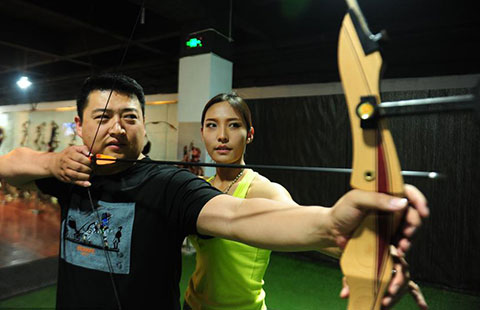
 Girl who shoots straight with bow and arrow
Girl who shoots straight with bow and arrow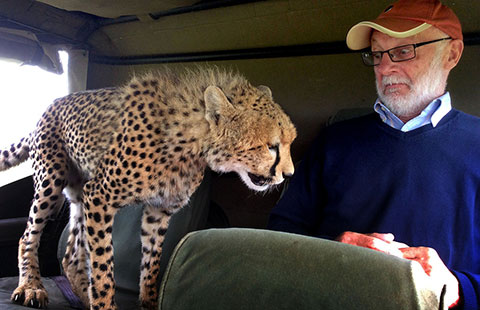
 Ten photos you don't wanna miss - July 10
Ten photos you don't wanna miss - July 10
 Forum Trends: Should we pay children to study?
Forum Trends: Should we pay children to study?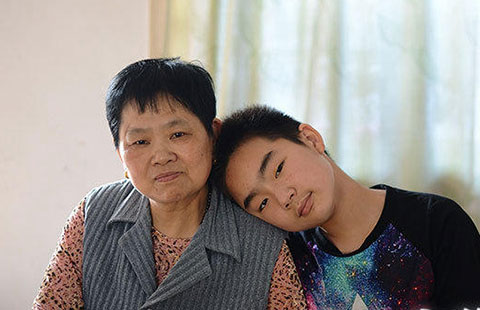
 Bereaved seniors turn attention to grandchildren
Bereaved seniors turn attention to grandchildren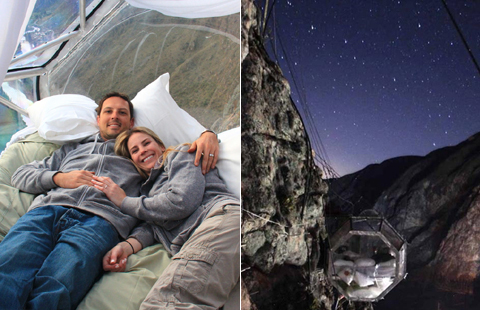
 Unusual but true: sleep in a transparent glass room clinging to cliff
Unusual but true: sleep in a transparent glass room clinging to cliff
 24-year-old ethnic Chinese girl runs for US Congress
24-year-old ethnic Chinese girl runs for US Congress
 Plane makes emergency landing after fire
Plane makes emergency landing after fire
Most Viewed
Editor's Picks

|

|

|

|

|

|
Today's Top News
Leaders agree on partnership blueprint
New Development Bank launched in Ufa
IMF keeps 6.8% China growth view
Leaders agree on partnership blueprint
More tariffs on Chinese solar panels
Students study depression to raise suicide awareness
Official denial raises doubts over '40-year-old meat' story
Yuan hit by turmoil in the market
US Weekly

|

|






